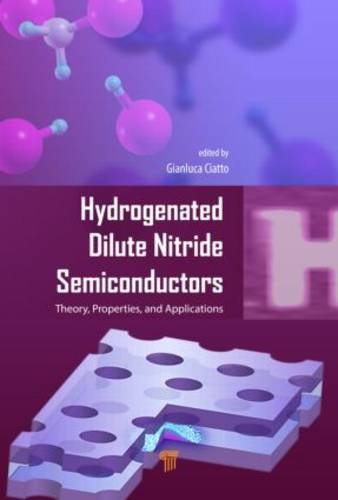

Most ebook files are in PDF format, so you can easily read them using various software such as Foxit Reader or directly on the Google Chrome browser.
Some ebook files are released by publishers in other formats such as .awz, .mobi, .epub, .fb2, etc. You may need to install specific software to read these formats on mobile/PC, such as Calibre.
Please read the tutorial at this link: https://ebookbell.com/faq
We offer FREE conversion to the popular formats you request; however, this may take some time. Therefore, right after payment, please email us, and we will try to provide the service as quickly as possible.
For some exceptional file formats or broken links (if any), please refrain from opening any disputes. Instead, email us first, and we will try to assist within a maximum of 6 hours.
EbookBell Team

4.1
50 reviewsThe nonlinear behavior of nitrogen and the passivation effect of hydrogen in dilute nitrides open the way to the manufacture of a new class of nanostructured devices with in-plane variation of the optical band gap. This book addresses the modifications of the electronic structure and of the optical and structural properties induced in these technologically important semiconductors by atomic hydrogen irradiation.
The book comprises discussions on experimental results from several techniques, enriched by state-of-the-art theoretical studies aimed at clarifying the origin of hydrogenation effects that lead to the discovery of specific nitrogen–hydrogen complexes. It presents techniques, such as infrared absorption spectroscopy, synchrotron radiation, and nuclear reaction analysis, which have indeed been crucial for addressing the physical origin of hydrogenation effects and their role in fine structural characterization.
The book is not a simple assembly of the contributions of different groups on the subject; it rather tells the complete story of the amazing effects of hydrogen irradiation from the first observations to the discovery of their origin and to potential technology transfer. The primary scope of the book is to guide PhD students and new scientists into the field and to inspire similar analysis approaches in other fields.